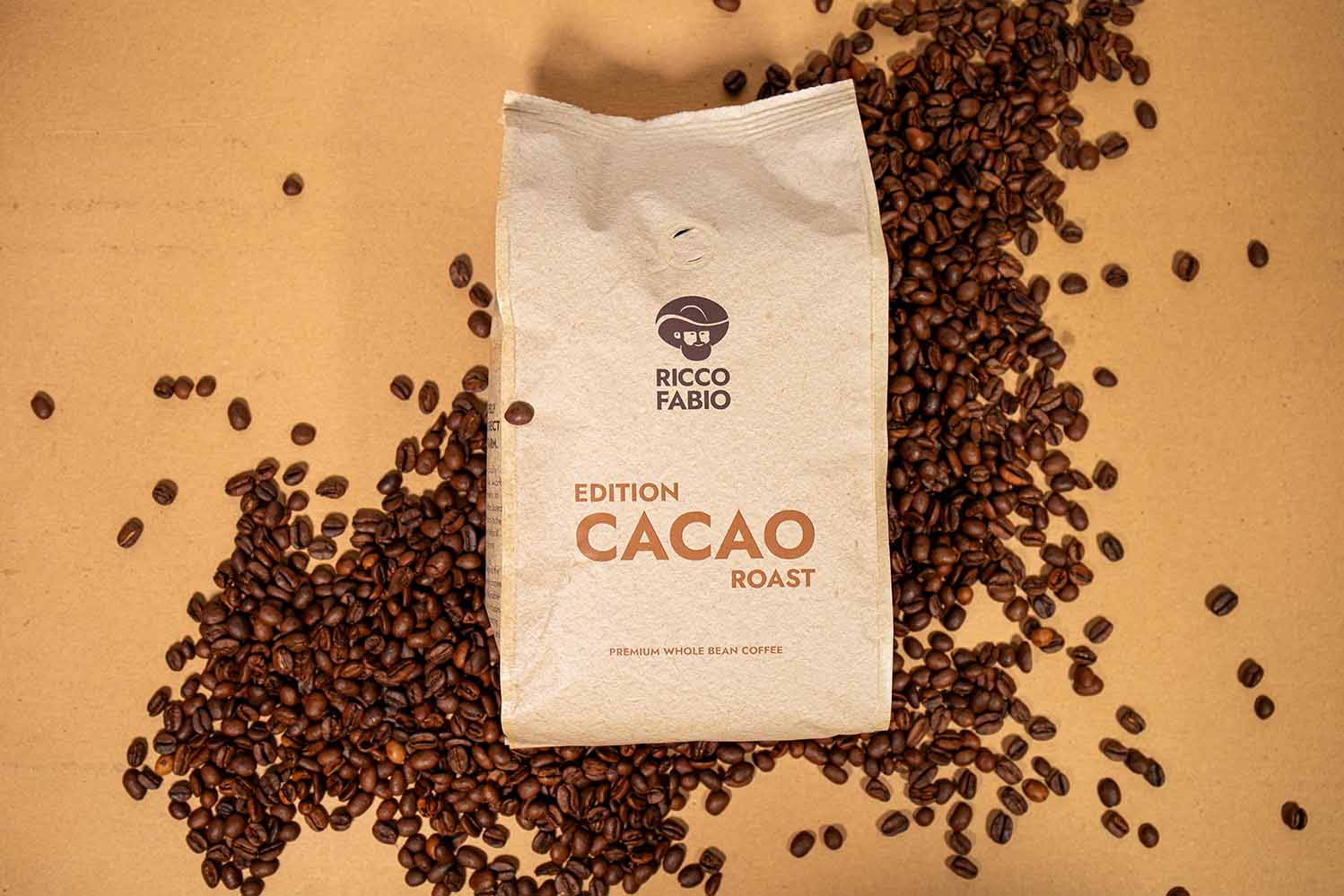How to store coffee beans the right way
Lily Hedley | October 7, 2025

Why storage matters
Ever wondered why coffee bags have those little perforated holes? That’s because coffee beans start releasing gas after they are roasted. As the gas is released, the coffee starts to lose flavour. This process is accelerated if exposed to oxygen, heat, light or moisture.
That’s why proper storage is crucial, it keeps your coffee beans tasting as they should! A few small changes in how you buy and store coffee can mean the difference between a dull brew and one that actually smells like it came from a café.
Common mistakes
- Buying too much at once. Stock that sits for months will disappoint.
- Storing beans in clear jars or on hot shelves. Light and heat both accelerate staling.
- Leaving opened bags unsealed.
- Freezing, defrosting and then refreezing small portions. This can introduce moisture.
- Pre-grinding too much coffee. Ground coffee goes stale far faster than whole beans.
Packaging types and why they are used
Understanding packaging helps you make better buying decisions.
Valved, foil-lined bags
The industry standard for roasted coffee. These bags have a one-way degassing valve and a foil or metallised lining. The valve lets CO₂ escape without letting oxygen in. The lining blocks light and moisture. This combination keeps beans tasting fresh for longer during transport and storage.
Nitrogen flushed bags
Some roasters use bags filled with inert nitrogen before sealing to reduce oxygen inside the pack. They are useful for longer distribution chains. You would normally see these on supermarket shelves and in some specialty roasts.
Vacuum packing
Vacuum sealed packs remove most air before sealing. They offer excellent shelf life while unopened. They are less common for freshly roasted specialty beans because the beans still need to degas; vacuum packing can risk bag swelling later.
Compostable or biodegradable bags
These are increasingly available. They may lack the same barrier properties as foil lined bags. If sustainability is important, choose compostable options that include an internal barrier or plan for shorter storage windows.

Best Practice for Offices
If you run a workplace coffee setup, a little planning keeps everyone’s brew fresh and consistent.
- Buy in the right quantities. Work out how much coffee your team drinks each week and restock regularly rather than hoarding.
- Store unopened packs in a cool, dry, dark cupboard. Avoid cupboards near ovens, boilers or sunny windows.
- Once opened, reseal properly. Keep beans in their original one-way valve bag and fold the top down tightly with a clip. Or use an opaque, airtight container.
- Grind to order. If you must pre-grind, do small batches only and store them in airtight tubs.
Label roast dates. That one habit prevents forgotten bags from lingering past their prime.
On-site roasting
On-site roasting means roasting green coffee beans at the premises where the coffee is served. It can be a small roaster in a cafe or a compact machine installed in a larger office.
Benefits
- You roast to order and capture that just-roasted aroma everyone loves.
- It can be a fun team experience and a talking point for visitors.
- You can fine-tune the roast profile to suit your taste.
Drawbacks
- Roasters cost money and need ventilation, space and training.
- Consistency takes practice and small roasters can be temperamental.
- Local food safety and air-quality rules may apply.
On-site roasting is more common in specialty cafes than in offices. In workplaces it is a niche option best suited to large companies that value a unique staff perk or brand experience. For most facilities managers, optimising packaging and storage delivers better value than investing in a roaster.
Quick FAQs
How long do whole beans stay fresh?
They taste best within 2 to 4 weeks after roasting, though they’ll still be usable for longer.
Should I freeze beans?
Only if you must store them long-term. Freeze in single-use portions and don’t refreeze once thawed.
Does packaging really matter?
Absolutely. A foil-lined valve bag keeps coffee fresher for weeks longer than plain paper or thin plastic.
Can offices roast on-site safely?
Yes, but it needs budget, space, permits and trained staff. For most teams, it’s not the most cost-effective route.
In a Nutshell
Keep your beans away from heat, light and air.
Buy little and often.
And if you’re tempted by that big clear jar on the counter, save it for biscuits, not coffee.